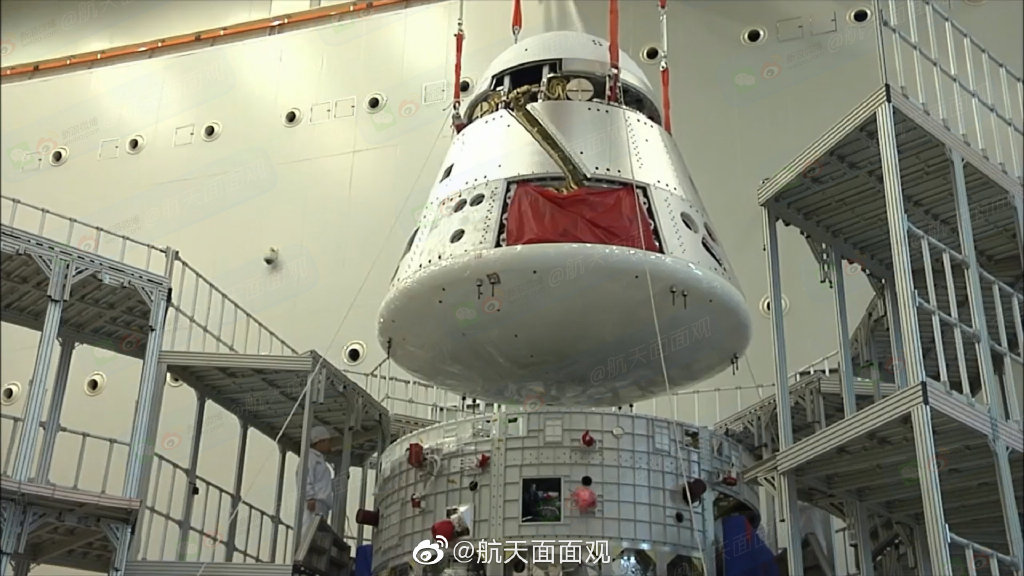smooth manifold
Regular Member
- Joined
- May 14, 2019
- Messages
- 851
- Likes
- 544
the official name is "星际荣耀" literally means Interstellar Glory. tell us about how this name is not original?Chinese always copy west,
Even their name is not original
Ispace
the official name is "星际荣耀" literally means Interstellar Glory. tell us about how this name is not original?Chinese always copy west,
Even their name is not original
Ispace
Then why its "unofficial" name is ispace?the official name is "星际荣耀" literally means Interstellar Glory. tell us about how this name is not original?
any problem? there's no trademark infringement as a local company.Then why its "unofficial" name is ispace?
No problem brother,any problem? there's no trademark infringement as a local company.





Shenzhou 12 or a transfer vehicle?China's new manned spaceship is to make its debut next year




you're right. I think it's a reusable transfer/cargo vehicle.Shenzhou 12 or a transfer vehicle?
or maybe it's a manned spacecraft. but It's definitely not Shenzhou 12.Shenzhou 12 or a transfer vehicle?

Just if you could post final launch stats annually.I may not be able to update ordinary launches anymore since they're too frequent to follow. I only update interesting events from now on.

sources say 50% chance. But I think that means no.Is CNSA going to launch LM-5 this year?

